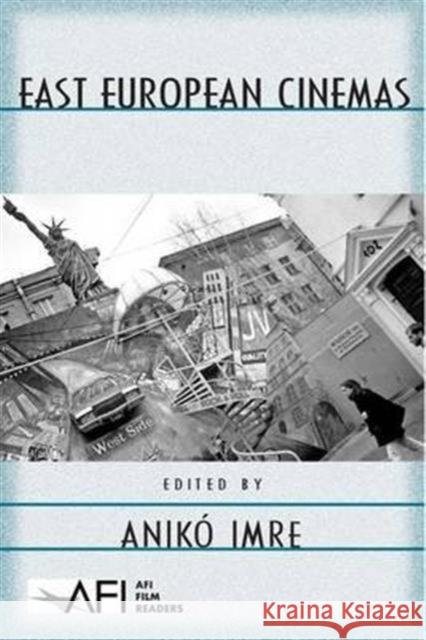East European Cinemas » książka
topmenu
East European Cinemas
ISBN-13: 9780415972673 / Angielski / Twarda / 2005 / 288 str.
East European Cinemas
ISBN-13: 9780415972673 / Angielski / Twarda / 2005 / 288 str.
cena 680,10
(netto: 647,71 VAT: 5%)
Najniższa cena z 30 dni: 654,86
(netto: 647,71 VAT: 5%)
Najniższa cena z 30 dni: 654,86
Termin realizacji zamówienia:
ok. 22 dni roboczych
Dostawa w 2026 r.
ok. 22 dni roboczych
Dostawa w 2026 r.
Darmowa dostawa!
First Published in 2005. Routledge is an imprint of Taylor & Francis, an informa company.











